Filter by
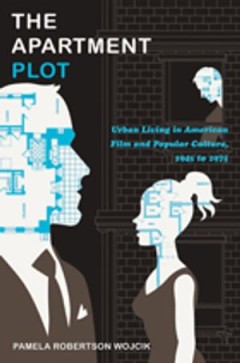
The Apartment Plot: Urban Living in American Film and Popular Culture, 1945 t…
Rethinking the significance of films including Pillow Talk, Rear Window, and The Seven Year Itch, Pamela Robertson Wojcik examines the popularity of the “apartment plot,” her term for stories in which the apartment functions as a central narrative device. From the baby boom years into the 1970s, the apartment plot was not only key to films; it also surfaced in TV shows, Broadway plays, lite…
- Edition
- -
- ISBN/ISSN
- 9780822347521
- Collation
- -
- Series Title
- -
- Call Number
- 791.43 WOJ a
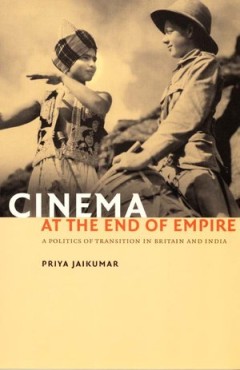
Cinema at the End of Empire: A Politics of Transition in Britain and India
How did the imperial logic underlying British and Indian film policy change with the British Empire’s loss of moral authority and political cohesion? Were British and Indian films of the 1930s and 1940s responsive to and responsible for such shifts? Cinema at the End of Empire illuminates this intertwined history of British and Indian cinema in the late colonial period. Challenging the rubric…
- Edition
- -
- ISBN/ISSN
- 9781478091387
- Collation
- -
- Series Title
- -
- Call Number
- 791.43 JAI c
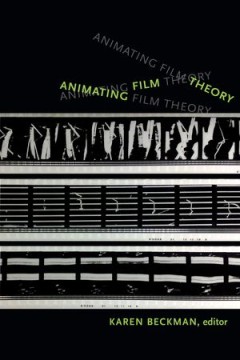
Animating Film Theory
Animating Film Theory provides an enriched understanding of the relationship between two of the most unwieldy and unstable organizing concepts in cinema and media studies: animation and film theory. For the most part, animation has been excluded from the purview of film theory. The contributors to this collection consider the reasons for this marginalization while also bringing attention to key…
- Edition
- -
- ISBN/ISSN
- 9780822356400
- Collation
- -
- Series Title
- -
- Call Number
- 791.43 ANI a
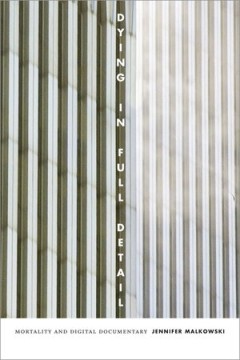
Dying in Full Detail: Mortality and Digital Documentary
In Dying in Full Detail Jennifer Malkowski explores digital media's impact on one of documentary film's greatest taboos: the recording of death. Despite technological advances that allow for the easy creation and distribution of death footage, digital media often fail to live up to their promise to reveal the world in greater fidelity. Malkowski analyzes a wide range of death footage, from feat…
- Edition
- -
- ISBN/ISSN
- 9781478091080
- Collation
- -
- Series Title
- -
- Call Number
- 791.43 MAL d
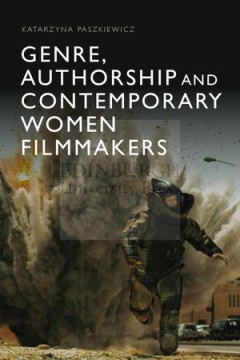
Genre, Authorship and Contemporary Women Filmmakers
Examining the significance of women’s work in popular film genres, Genre, Authorship and Contemporary Women Filmmakers sheds light on women’s contribution to genre cinema through an exploration of filmmakers like Kathryn Bigelow, Diablo Cody, Sofia Coppola and Kelly Reichard. Exploring genres as diverse as horror, the war movie, the Western, the costume biopic and the romantic comedy, the b…
- Edition
- -
- ISBN/ISSN
- 9781474425278
- Collation
- -
- Series Title
- -
- Call Number
- 791.43 PAS g
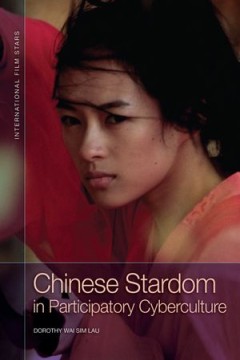
Chinese Stardom in Participatory Cyberculture
As Chinese performers have become more visible on global screens, their professional images - once the preserve of studios and agents - have been increasingly relayed and reworked by film fans. Web technology has made searching, poaching, editing, posting and sharing texts significantly easier, and by using a variety of seamless and innovative methods a new mode of personality construction has …
- Edition
- -
- ISBN/ISSN
- 9781474430357
- Collation
- -
- Series Title
- -
- Call Number
- 791.43 LAU c
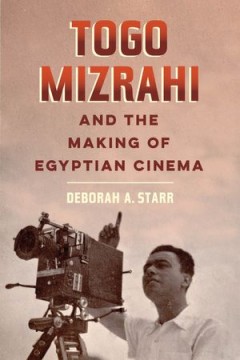
Togo Mizrahi and the Making of Egyptian Cinema
A free open access ebook is available upon publication. Learn more at www.luminosoa.org. In this book, Deborah A. Starr recuperates the work of Togo Mizrahi, a pioneer of Egyptian cinema. Mizrahi, an Egyptian Jew with Italian nationality, established himself as a prolific director of popular comedies and musicals in the 1930s and 1940s. As a studio owner and producer, Mizrahi promoted the idea …
- Edition
- -
- ISBN/ISSN
- 9780520976122
- Collation
- -
- Series Title
- -
- Call Number
- 777 STA t
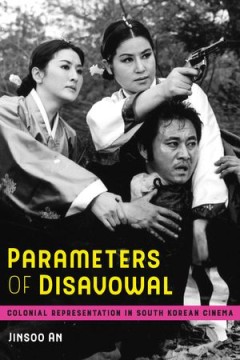
Parameters of Disavowal
The colonial experience of the early twentieth century shaped Korea’s culture and identity, leaving a troubling past that was subtly reconstructed in South Korean postcolonial cinema. Relating postcolonial discourses to a reading of Manchurian action films, kisaeng and gangster films, and revenge horror films, Parameters of Disavowal shows how filmmakers reworked, recontextualized, and erased…
- Edition
- -
- ISBN/ISSN
- 9780520295308
- Collation
- -
- Series Title
- -
- Call Number
- 791.43 JIN p
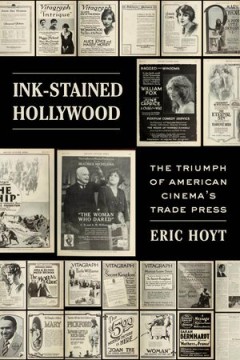
Ink-Stained Hollywood: The Triumph of American Cinema’s Trade Press
For the first half of the twentieth century, no American industry boasted a more motley and prolific trade press than the movie business—a cutthroat landscape that set the stage for battle by ink. In 1930, Martin Quigley, publisher of Exhibitors Herald, conspired with Hollywood studios to eliminate all competing trade papers, yet this attempt and each one thereafter collapsed. Exploring the c…
- Edition
- -
- ISBN/ISSN
- 9780520383708
- Collation
- -
- Series Title
- -
- Call Number
- 777 HOY i

Postfeminist Whiteness: Problematising Melancholic Burden in Contemporary Hol…
Kendra Marston interrogates representations of melancholic white femininity in contemporary Hollywood cinema, arguing that the ‘melancholic white woman’ serves as a vehicle through which to explore the excesses of late capitalism and a crisis of faith in the American dream.
- Edition
- -
- ISBN/ISSN
- 9781474430296
- Collation
- -
- Series Title
- -
- Call Number
- 791.43 MAR p
 Computer Science, Information & General Works
Computer Science, Information & General Works  Philosophy & Psychology
Philosophy & Psychology  Religion
Religion  Social Sciences
Social Sciences  Language
Language  Pure Science
Pure Science  Applied Sciences
Applied Sciences  Art & Recreation
Art & Recreation  Literature
Literature  History & Geography
History & Geography